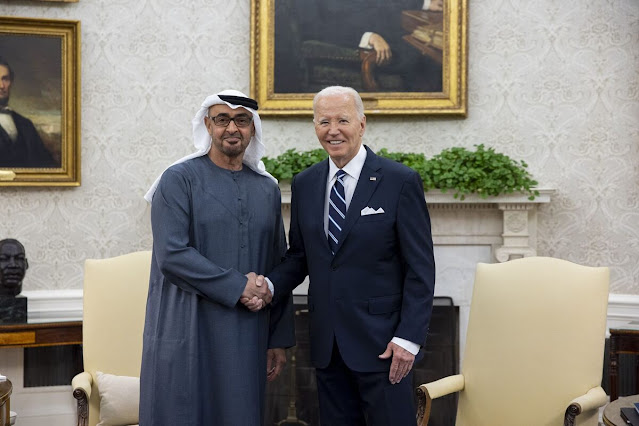The Best Investment Opportunities in 2024: A Comparative Analysis
The United States, China, and the United Arab Emirates on the Global Stage
United States: An Economic Giant
The United States ranks second in the global ranking of best countries for investment, boasting a Gross Domestic Product (GDP) of $27.4 trillion and a per capita income of $81,695. Its economy is the largest in the world and is characterized by diversity and innovation. The nation excels in areas such as technology, advanced manufacturing, and financial services, making it a favorable environment for entrepreneurs.
Moreover, the United States is positioned as the second most entrepreneurial country globally. Well-developed infrastructure and access to capital are key factors driving this dynamic. However, it also faces internal challenges such as income inequality and racial tensions that could affect its long-term attractiveness.
China: The Growth Leader
China holds the first position in the global ranking, with a GDP of $17.8 trillion and a per capita income of $24,558. Since implementing economic reforms in 1978, China has experienced rapid economic growth, becoming the most populous economy in the world. This growth has lifted hundreds of millions out of poverty, although issues such as economic inequality and environmental pollution persist.
The Chinese economy is transitioning toward a more market-based model, which has strengthened its appeal to international investors. However, its centralized political system and restrictions on freedom of expression raise concerns among some investors.
United Arab Emirates: A Regional Hub
The United Arab Emirates ranks third globally with a GDP of $504 billion and a per capita income of $83,903. The UAE's economy has rapidly evolved from its origins in fishing and pearl diving to become a key financial and commercial center in the Middle East. Dubai and Abu Dhabi are two iconic cities that attract both tourists and investors.
Despite its economic success, the UAE faces criticism for its political limitations and human rights record. While it offers a favorable tax environment and modern infrastructure, the lack of political participation may be a barrier for some investors seeking long-term stability.
General Comparison
When comparing these three countries, it is evident that each has its own competitive advantages. The United States stands out for its innovation and economic diversity; China for its rapid growth and market potential; and the UAE for its favorable business environment and strategic location. While the U.S. leads in terms of economic power and business infrastructure, China benefits from the size of its domestic market, while the UAE offers attractive fiscal conditions.
Investment opportunities in 2024 are abundant in the United States, China, and the United Arab Emirates. Each country presents a unique combination of strengths that can attract different types of investors. However, it is essential for investors to consider not only economic figures but also political and social contexts when making decisions about where to place their capital. Geographic diversification may be a key strategy to mitigate risks while capitalizing on global opportunities.



Comments
Post a Comment